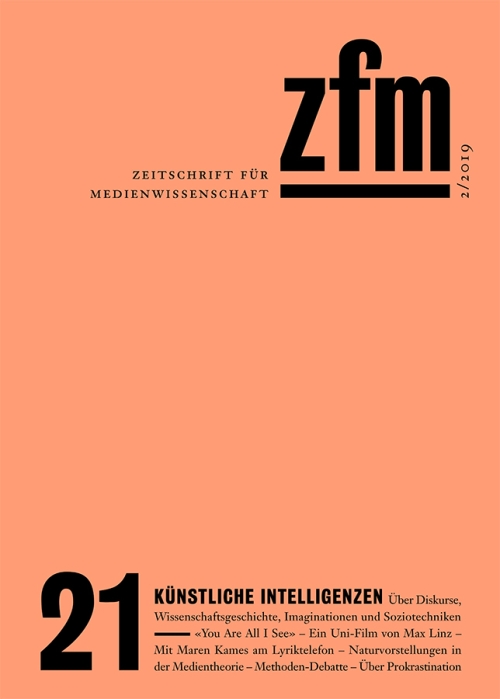Halb Buch, halb QR-Code
Mit Maren Kames am Lyriktelefon
Abstract (Deutsch)
Ein viel behandeltes Thema der Literatur- und Medientheorie ist Stimme einer Autorin oder eines Autors in einem literarischen Text. Gemeint sind damit eine ganze Reihe von rezeptionsästhetischen Phänomenen, deren Bedingungen sich mit der Einführung von Speichermedien, die Stimmen aufzeichnen können, verändert haben. Das Buch Halb Taube, halb Pfau der Lyrikerin Maren Kames unternimmt den Versuch, die «Stimme» der Autorin nun nicht allein durch Schrift zu codieren, sondern sie auch durch die Verwendung von QR-Codes, die zu Aufnahmen ihrer Stimme führen, im Buch zu platzieren. Dieser Text diskutiert, welche historischen Vorläufer diese Idee hat und was daraus für den Begriff des Lesens und des Buches folgt.
Abstract (English)
Half Book, half QR-Code. Together with Maren Kames on the Poetry Phone
The author’s voice is a much-discussed topic in literary and media studies. «Voice» refers to a number of aesthetic phenomena brought about in the reception of a text. The preconditions for this mode of reception have changed since the development of storage media capable of recording actual voices. The poet Maren Kames’ book Halb Taube, halb Pfau attempts to code the author’s voice not only in writing, but also by making use of QR-codes that are included in the book and lead to recordings of her voice. This paper discusses the historic precursors to this invention and its consequences for the notion of reading and the book.
Bevorzugte Zitationsweise:
Die Open-Access-Veröffentlichung erfolgt unter der Creative Commons-Lizenz CC BY-NC-ND 4.0 DE.
